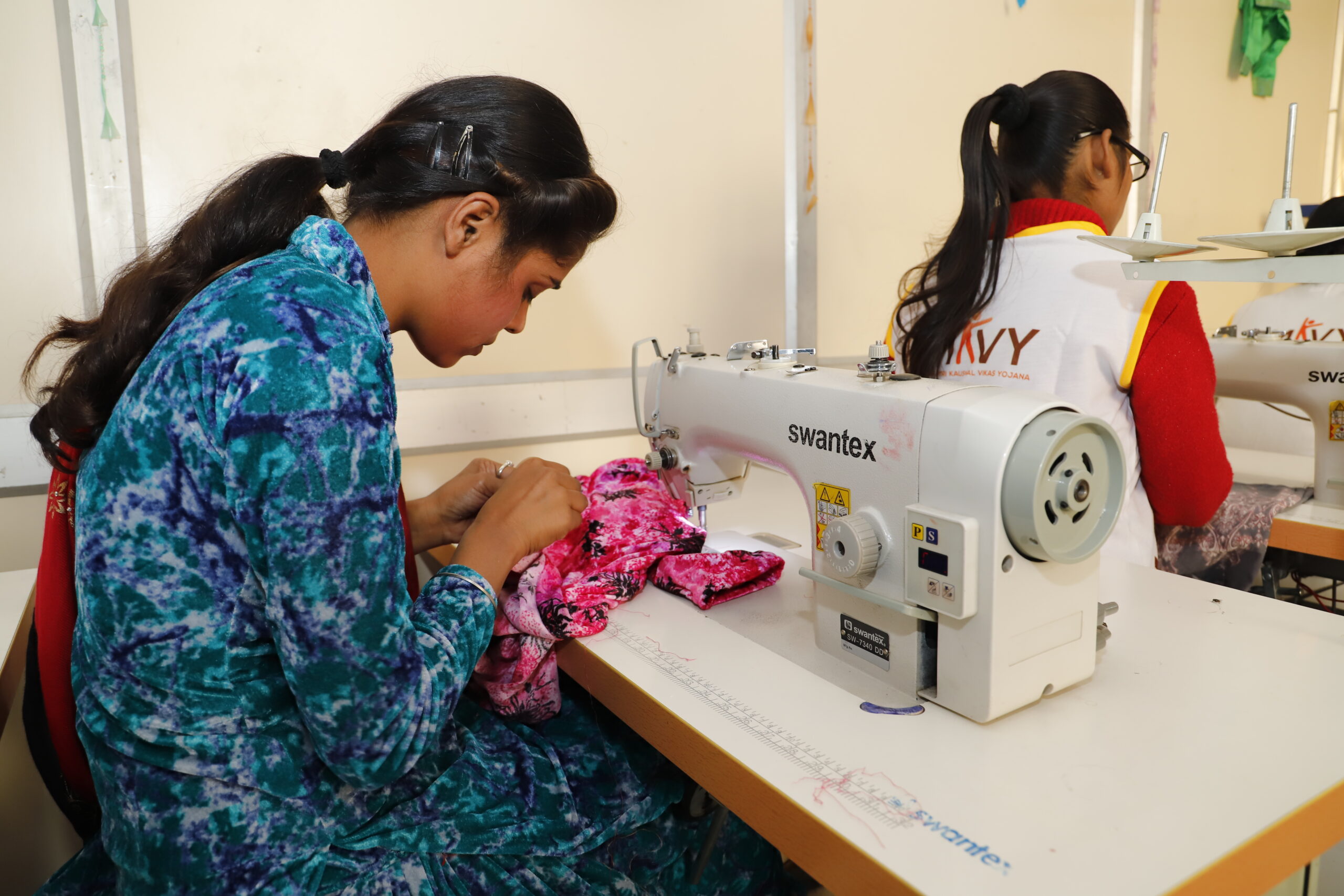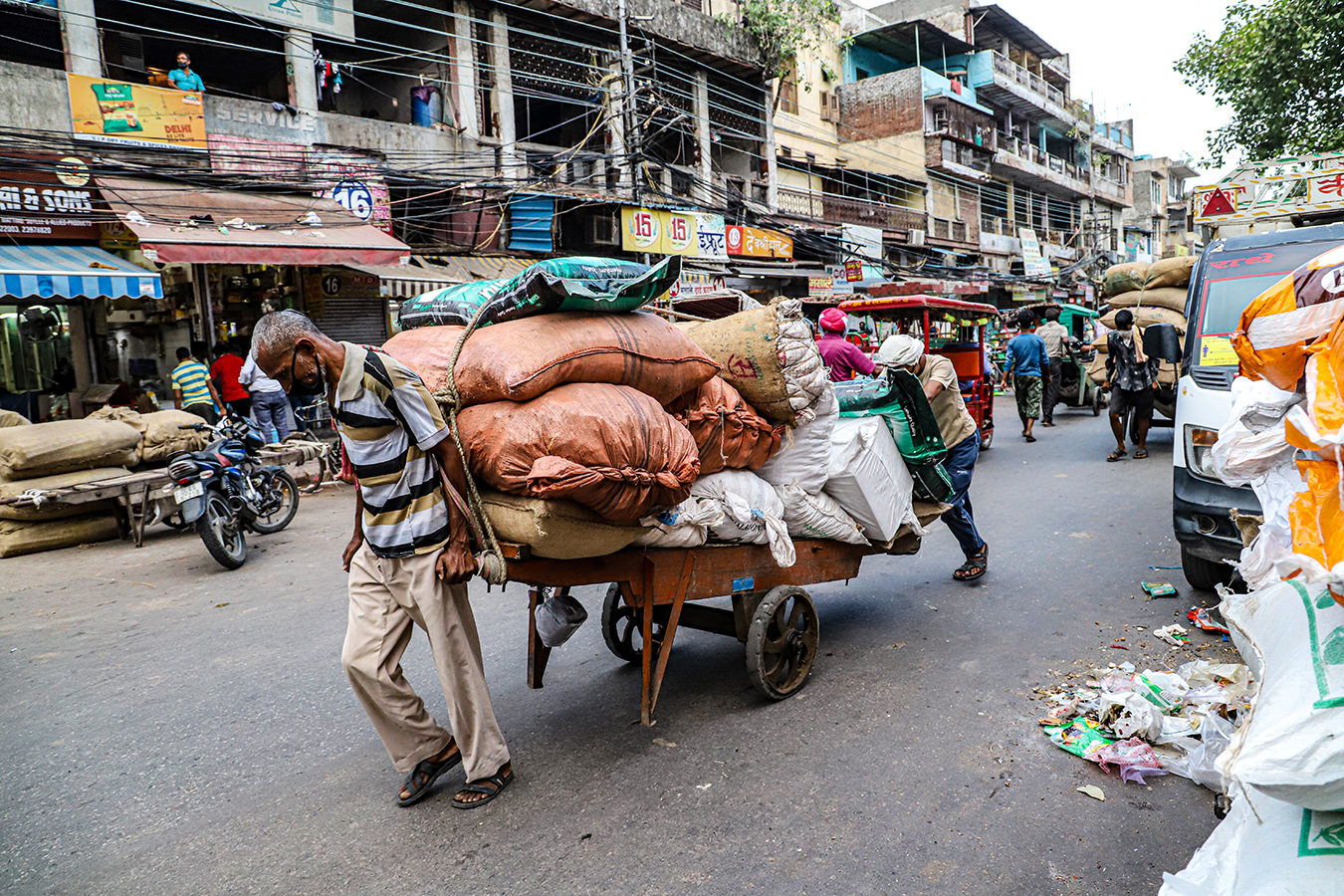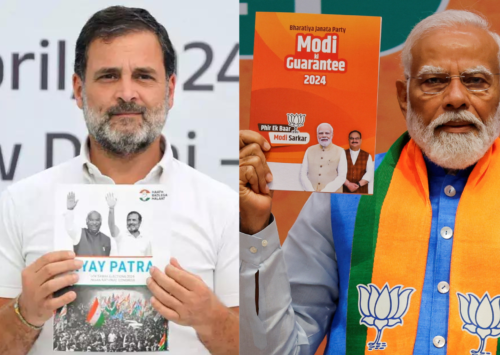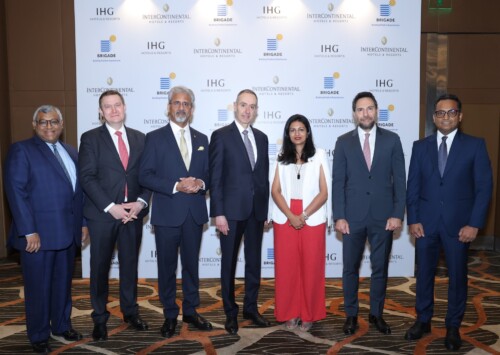GDP growth data hides deep potholes on road to recovery
The growth in Indian economy in the second quarter of the current year was more or less as per expectation of analysts. With 8.4 pc growth in the quarter ending September 30, added to the 20.1 pc growth registered in first quarter of the fiscal year, Indian Gross Domestic Product has now grown 13.7 pc since April 1, 2021 and is now estimated to be 0.3 pc higher than the GDP before the outbreak of the Covid-19 pandemic in early 2020.
There were a few bright spots in the economy during the first six months of the current fiscal, notably defence, mining, agriculture, fisheries and forestry that contributed to the growth in the overall economy. Mining and manufacturing also looked up in the period. Construction, hospitality and transport also recorded growth, but well below the analysts’ estimates.
According to the data provided by the National Statistical Office (NSO) electricity, gas, water supply and other utilities posted growth of 8.9 pc against 2.3 pc expansion a year ago, while trade, hotel, transport and communication grew by 8.2 pc compared to 16.1 pc contraction earlier. Other sectors included financial, real estate and professional services where growth stood at 7.8 pc compared to a contraction of 9.1 pc. Recent high-frequency indicators such as the October services purchasing managers’ index reading of 58.4 had suggested that a strong recovery was underway.
Despite, the seemingly slew of positive news emanating from the government about the state of the economy, many analysts remained worried or cautious about the actual health of the economy. This is mainly because the economic recovery has been extremely lop-sided so far. Two key components of the economy and which play a very significant role in the sustained economic growth are far from levels that economists would be comfortable be with.
GDP numbers hide pain points
These include private consumption or demand as well as private investment or gross fixed capital formation, which both remain way off levels that could be called adequate. This is a continuation of the state of affairs from the pre-pandemic period when both investment and demand had remained subdued for a prolonged period. Moreover, the analysts are also worried about the low level of employment generation as well as relatively lower pick up in labour-intensive sectors of the economy such as construction, retail or hospitality.
Also, the pace of growth has slowed down significantly between the first two quarters of the current year, from over 20 pc in the first quarter to only 8.4 pc now. Going further, the pace is set to slow down even more and hence the government’s claim that the economy would grow at double digits in the current fiscal is highly debatable, if not dubious.
But, many experts say that even if the pace of growth were to be maintained for the next two quarters of the year, through some miracle, it would not be enough to propel the growth significantly as they expect the GDP at the end of March 2022 to be only 2 pc more than where it was in March 2020. Moreover, the numbers are also bumped up to inflation rates, which are at multi-year highs.
Moreover, some believe that even at the current levels of growth, the recovery looks less than solid as growth in some segments such as manufacturing, construction, trade and hospitality trailed the estimates of some of the analysts. “This could be due to rising input costs impacting the corporate margins and contact-intensive services also stayed below the pre-pandemic levels,” says an economist.
Former Governor of the Reserve Bank of India, C Rangarajan also doubted that the growth would be anywhere near double digits or even at 9.5 pc as predicted by the RBI as well as the International Monetary Fund. Rangarajan says that the latest GDP numbers seem to be just making up for the decline and there is not much positive growth beyond that. According to him, unless the third quarter and the fourth quarter growth is strong, it is unlikely that the full year growth forecast will come true. Instead, the economist expects the country’s real GDP growth for 2021-22 in the range of 7-8 pc.
It’s all about jobs
Another challenge for the economy is the lack of job creation. Despite this being the fourth consecutive quarter with a growing GDP, unemployment remains stubbornly high above 7.1 pc. With the informal sector jobs having been severely impacted since the lockdown was imposed in March 2020, the unemployment rate jumped to a 45-year high.
Since then, the situation has hardly improved and actually continues to worsen as in January-March, 2021, the share of salaried jobs actually fell to its lowest since June 2018, the earliest period for which this data is available. The periodic labour survey numbers also show that there is a gender bias in the employment recovery story in the post-pandemic phase, with women finding it more difficult to find jobs than men. The headline unemployment rate in the March 2021 quarter was 9.4 pc. This is the lowest since the quarter ending June 2020, which coincided with the 68-day long nation-wide lockdown which was imposed on March 25, 2020.
With the government not spending money and the private sector, not willing to invest, despite sitting on the bounty of an unprecedented stock market boom, the burden of economic revival has fallen squarely on the shoulders of the common Indians. In many parts of the world, private or domestic consumption has actually brought the economies back to life. But, that was on the back of a sustained and generous cash support extended by the governments across of the globe, for the people hit by the pandemic.
In India, however, the government forgot the common persons and focused its efforts on the crony capitalism to ensure a windfall for a handful of extremely rich families, ignoring the pain and misery of hundreds of millions, who were pushed back into poverty due to the lockdown and its after-effects.
Data also shows that a record number of households may be sinking under debt due to medical expenses incurred during the pandemic. In such a situation, only a wishful person like Indian finance minister Nirmala Sitharaman can pin her hopes for the future of Indian economy on a revival of domestic consumption. But, then, indeed, such are the days today.











